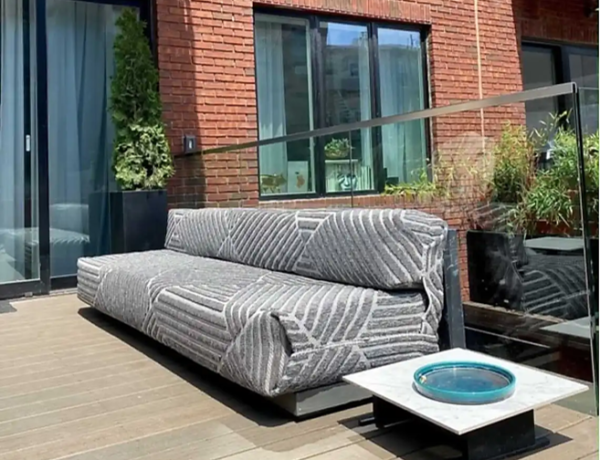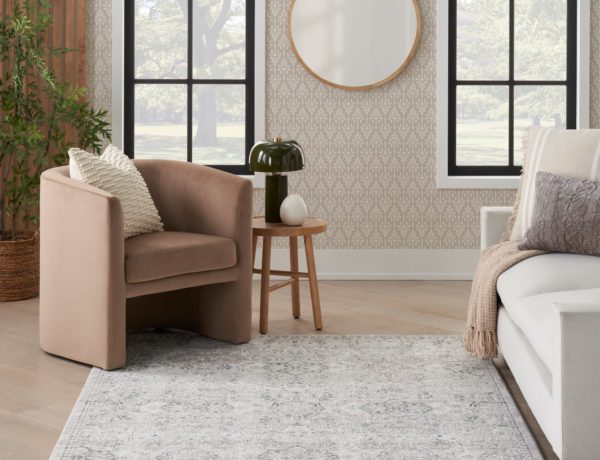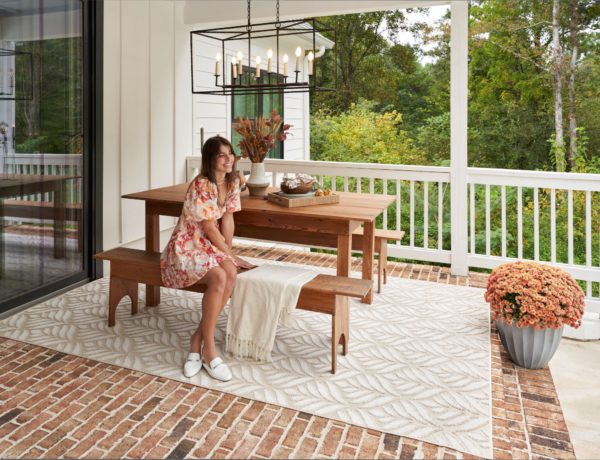In Rug Pads Part 1: Why you need a rug pad, we explained that regardless of whether your rug feels thick and cushioned, it still needs a rug pad. That’s because the pad isn’t just for your feet — it’s for the rug. Installing a rug pad will provide added cushion and traction meaning a safer living space, protection for your floor, easier cleaning, and years of additional life for your rug.
Learning how to install a rug pad is simple! In just a few easy steps, you can place the rug pad and start enjoying your new rug in no time.
How to Install a Rug Pad: Easy as 1-2-3!
Rug pads come in a range of sizes, but they won’t always match perfectly with the rug you choose. Fortunately, you can easily cut your rug pad down to size if the retailer cannot do it for you. Depending on the rug pad you’ve purchased, you may be able to trim it with a sturdy pair of household scissors.
Tip
Make sure to measure your rug, and then mark off your rug pad so that the finished pad will leave approximately one inch of rug overlap on all sides. That doesn’t include any decorative edges or fringes.
Step 1:
MEASURE
Measure and mark the rug pad 2″ shorter, width and length, than your rug to allow for 1″ overlap on all sides. Do not include fringe in measurements.
Step 2:
TRIM
Trim rug pad along marked lines with a sturdy pair of household scissors.
Step 3:
PLACE
Place the trimmed rug pad where you want the rug to lie on the floor. Position the rolled-up rug on one end, with the edges lined up straight with the pad. Unroll the rug onto the pad, making sure it lies flat without bunching.
Remember to make sure the sides of the rug pad and rug are evenly lined up so that you have about an inch on each side. The rug pad should stay completely flat, to avoid any bunching that will cause bumps in the rug.
Many rug pads are created from naturally non-slip materials, or feature a tacky side to help anchor the pad to the floor and keep the rug stable. You might also consider double-sided tape, which can help keep the rug properly positioned on the pad.
NOTE: Always check your floor warranty to see what rug pads are recommended for your floor surface, as some pads are treated with adhesives and can cause discoloration on certain surfaces.
Now that you’ve laid down your rug pad, learn How to Lay Out Your New Rug



